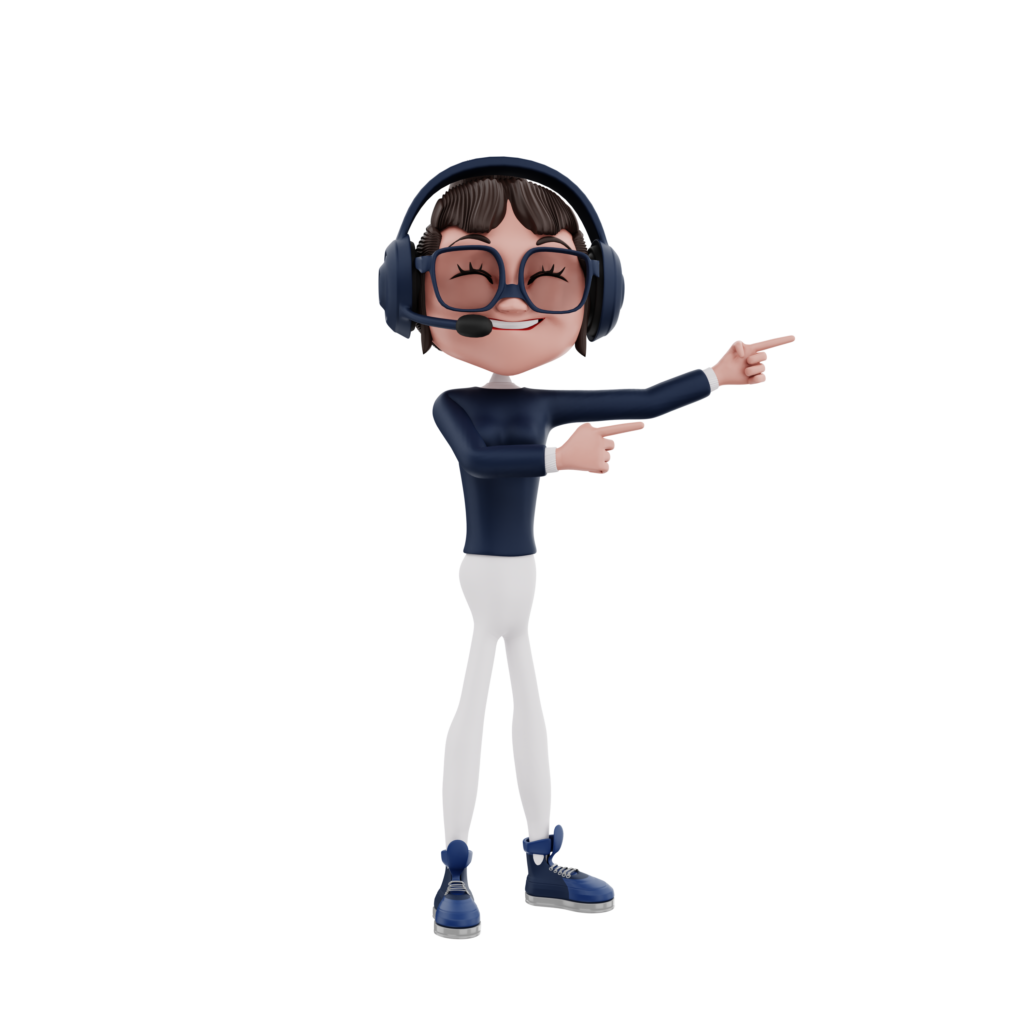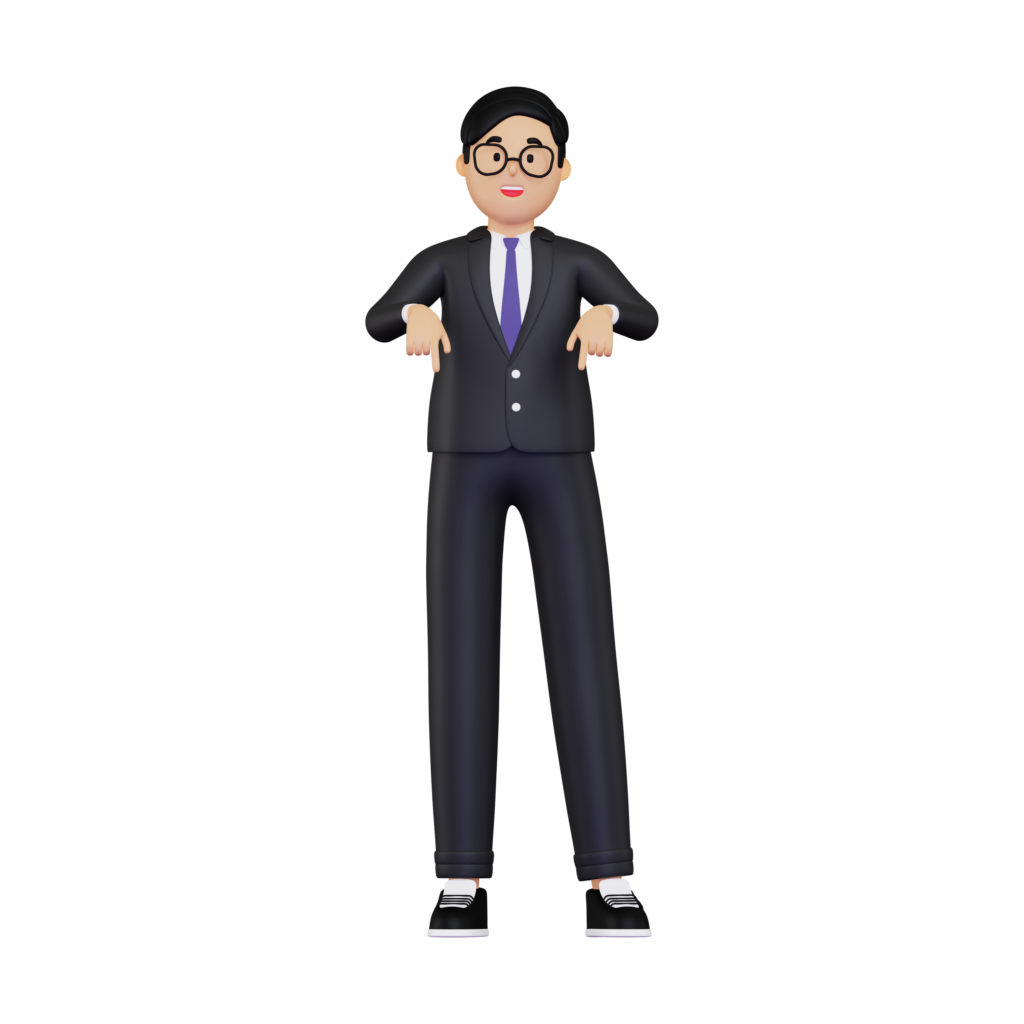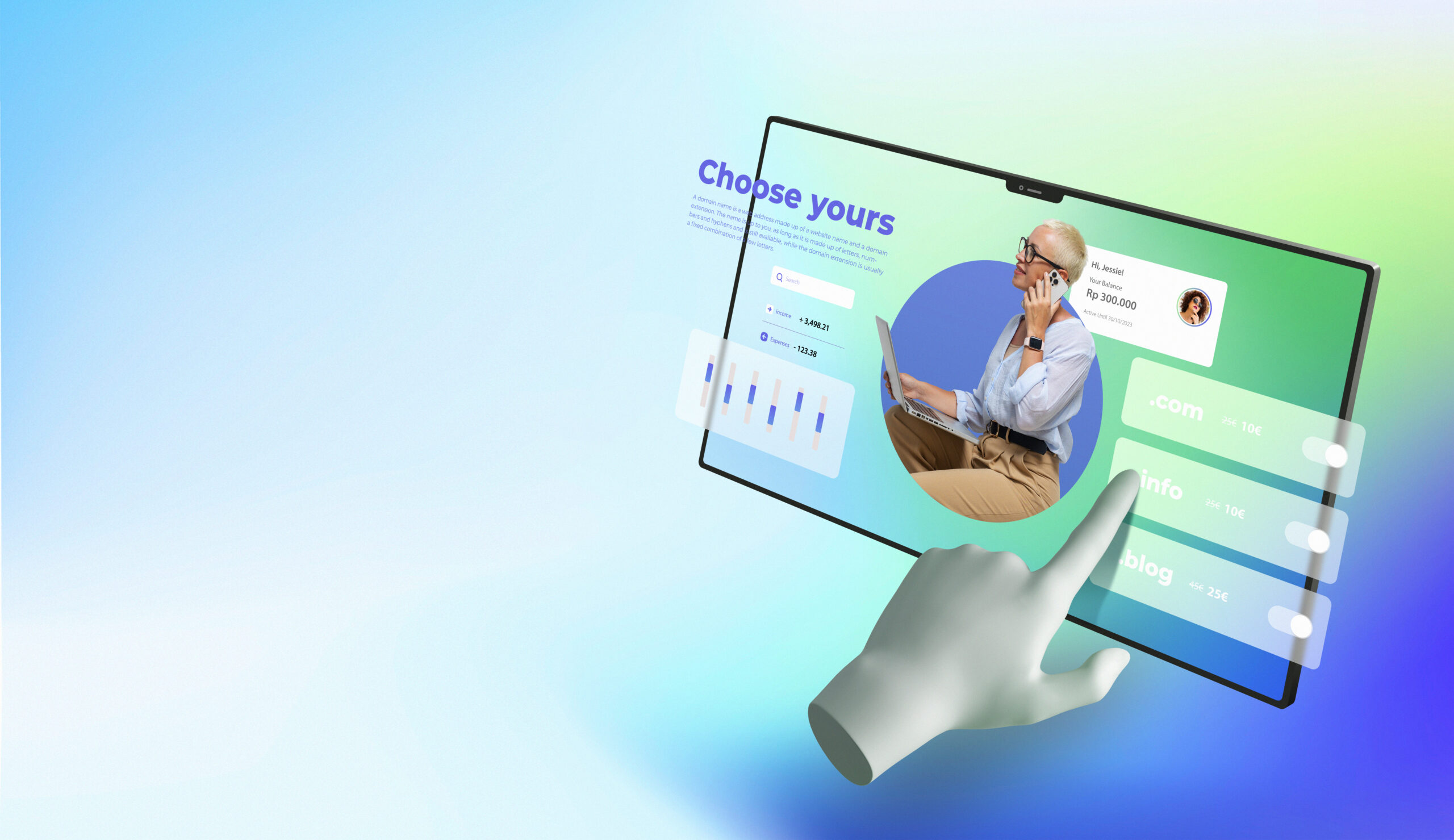To build a site that draws people in and gives them a smooth experience requires a fine blend of artistic flair that captivates and technical precision that ensures everything works just right. It might look tough, but don’t worry! With consistent practice, determination, and some smart strategies, you’ll master the art of web design, bringing together the best of creativity and functionality with ease.
We’re here to guide you through melding the visual and the technical in web design. From choosing eye-catching images to fine-tuning the user interface, we’ll cover crucial strategies and tips that will sharpen your web design talents.
So, let’s gear up with imagination and analytical prowess as we set off to master web design’s full potential. Prepare to craft websites that are not only a feast for the eyes but also a breeze to navigate. It’s time to dive into the synergy of art and science within web design and perfect our skillset.
With our Web Redesign Services, we can create the perfect website for you!
Get Creative By Blending Art and Science
Web design has evolved dramatically, merging the beauty of art with the precision of science. Thanks to tech advances and designers’ endless creativity, today’s digital world is rich with tools and methods. These help designers break new ground in how websites look and feel. By blending artistic flair with eye-catching visuals, websites not only grab attention but also keep visitors hooked. They stand out in a bustling online crowd.
Every shade in a color scheme, every curve in a font, and every image on a screen does more than just look good. They stir feelings, carve out brand personalities, and make memorable impressions on visitors.
But good looks aren’t everything. The science behind user experience (UX) and how a site works is just as crucial. A site must be a breeze to use, inviting, and straightforward. Designers have a big job: They must make sure users enjoy their time on the site. Each part of the website should work towards this goal.
This involves employing responsive design techniques to ensure optimal performance across various devices, conducting rigorous user testing to uncover any usability issues, and constantly refining the design based on user feedback. By harmonizing the artistry of web design with the scientific principles of UX, designers can create websites that are not only visually stunning but also highly functional and enjoyable to use.
Understand the Importance of UX
In the realm of web design, user experience (UX) takes center stage as a critical component in creating websites that are not only visually appealing but also highly functional. At its core, a website serves as a medium for communication with users, making it imperative to ensure seamless navigation, a well-structured layout, and swift loading times. However, delivering a good user experience is not a mere add-on to a website; it is an ongoing process that begins at the inception of the design and continues throughout every stage of development.
To achieve a successful UX, designers must empathize with the users, considering their preferences, behaviors, and expectations. This involves stepping into the shoes of the target audience and understanding their goals and motivations when interacting with the website. Through meticulous testing and evaluation, designers can refine the site’s usability and optimize the user journey, ultimately crafting an experience that attracts new business, nurtures customer loyalty, and provides a genuinely enjoyable interaction for users.
By prioritizing user experience in web design, designers have the power to create websites that not only captivate visually but also engage and delight users. A well-crafted user experience fosters positive brand perception, encourages user engagement, and establishes a strong foundation for long-term success. So, remember to always keep the user at the forefront of your design process, and let their needs and desires guide you toward creating exceptional websites that leave a lasting impression.
You should read our blog post: Tips for Successful Brainstorming Sessions.
Consider How Color Can Affect How People View a Website
In website design, picking colors is key. It shapes how visitors see your site. Color influences branding and stirs emotions. The right mix of colors sends a strong message about who you are. But the wrong ones? They can push people away. Let’s talk about blue. It’s linked to trust and dependability. That’s why you see it on many bank websites. It builds confidence in their services. Now, red is all about excitement and urgency. It’s perfect for sites that want to seem bold and lively.
So, when you choose colors for a website, think hard. The right choices can make your site really connect with people. Your colors should match your brand and the feeling you want to create. This makes for a powerful user experience that people remember. Colors are a big deal in design. They shape thoughts and feelings. Picking the right ones can make your website not just seen, but felt. Use colors smartly, and your site will not just look good — it’ll feel right, too.
Discover Hidden Benefits
Art and science have been traditionally viewed as two distinct fields, but when combined, they can offer surprising benefits. One such benefit is that combining art and science can lead to faster coding. This is because art encourages a lateral thinking approach, which in turn requires the mind to find different solutions to problems.
This type of thinking can help developers consider numerous coding options that they may not have considered otherwise. Moreover, combining art and science can also improve search engine optimization (SEO). Creating visually appealing content can help boost engagement, which can have a positive impact on search engine rankings, ultimately leading to increased traffic to a website. By bringing together these two seemingly incompatible fields, individuals may find that they have a whole new set of tools at their disposal.
Think Outside the Box
When it comes to creativity and web design, sometimes the best results come from thinking outside of the box. It’s easy to fall into the trap of relying on the same design techniques or trends that have worked well in the past, but pushing yourself to try something new can lead to truly innovative and eye-catching designs.
Whether it’s experimenting with bold colors, unique fonts, or unconventional layouts, taking risks can pay off in the long run. So, the next time you’re tasked with designing a website, don’t be afraid to try something out of the ordinary. Who knows, it may just be the next big thing in web design!
Conclusion
In conclusion, web design is a harmonious blend of artistry and scientific principles. It’s the synergy between creativity and strategic planning that gives birth to exceptional designs. By recognizing the importance of incorporating both art and science, you can unlock the true potential of your website and engage users.
So, embrace your creative side, think innovatively, and enjoy the process of designing. Remember, there are no boundaries when it comes to merging art and science in web design. Allow your imagination to soar and let your designs reflect the unique blend of artistic expression and technical expertise. With this mindset, you can truly create something extraordinary and leave a lasting impact on the digital landscape.


